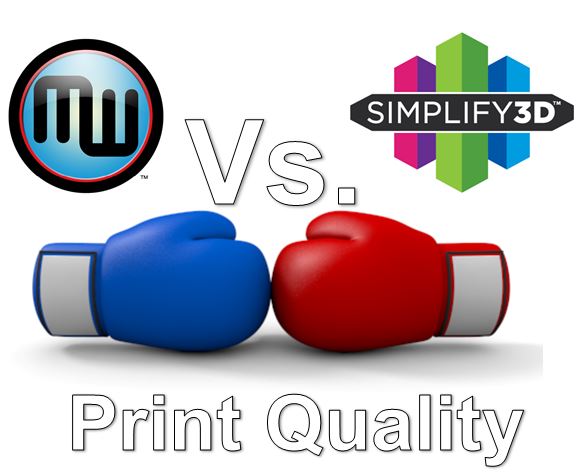PMMA (Polymethyl Methacrylate)
Brief Introduction and History: PMMA, also known as acrylic or plexiglass, has been a key material in 3D printing since its inception. It was first developed in the early 20th century and has since become a popular choice in various industries, including 3D printing.
Material Composition: PMMA is made from the polymerization of methyl methacrylate monomer. It consists of long chains of molecules that form a transparent and rigid thermoplastic material.
Uses: PMMA is widely used in 3D printing for creating prototypes, architectural models, medical devices, and decorative items.
Best Fit Use: PMMA is best suited for applications that require high transparency, impact resistance, and a smooth surface finish, such as lighting components and display stands.
Detailed Example of Specific Use 1: In the automotive industry, PMMA is used for manufacturing headlight lenses due to its high transparency and excellent light transmission properties, ensuring optimal visibility on the road.
Detailed Example of Specific Use 2: In the medical field, PMMA is utilized for creating orthodontic and dental products, such as clear aligners and surgical instrument prototypes, leveraging its biocompatibility and precision characteristics.
Difference Between Basic and Advanced Forms: Standard PMMA is transparent and rigid, while advanced variants may include modified formulations for enhanced strength, UV resistance, and chemical resistance, catering to specialized application requirements.
Benefits: PMMA offers exceptional optical clarity, weather resistance, and ease of processing, making it ideal for creating intricate and aesthetically appealing 3D printed parts.
Drawbacks: One of the main limitations of PMMA is its relatively low impact strength compared to other engineering plastics, making it less suitable for structural components in some applications.
Overall Rating for Daily Use: PMMA is highly recommended for daily use in 3D printing, particularly for hobbyists and professionals seeking to produce visually captivating, functional parts with precise detailing.
Future Developments: Ongoing research on PMMA focuses on enhancing its mechanical properties, exploring sustainable alternatives for raw material sourcing, and expanding its application range in areas such as aerospace and consumer electronics.







